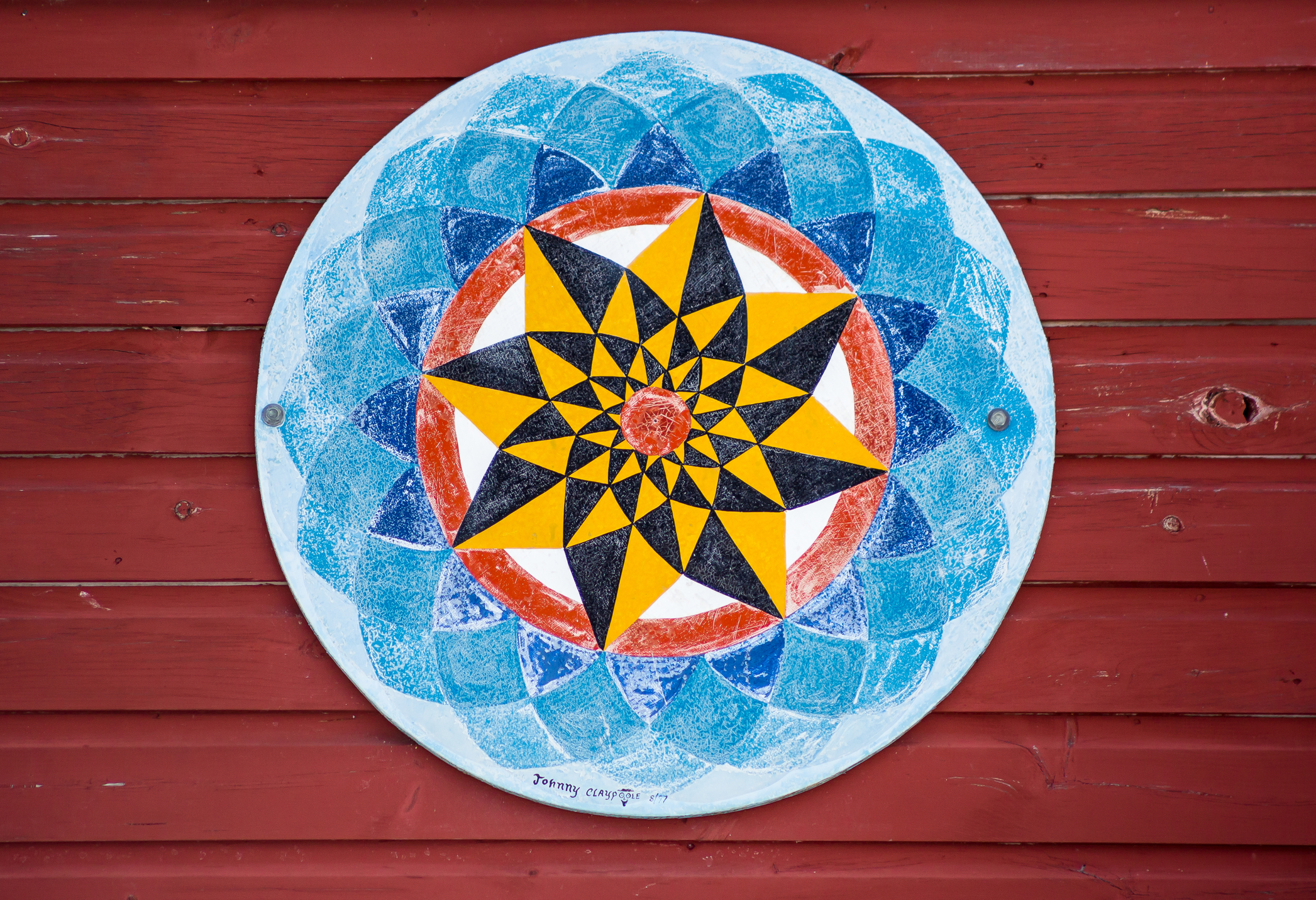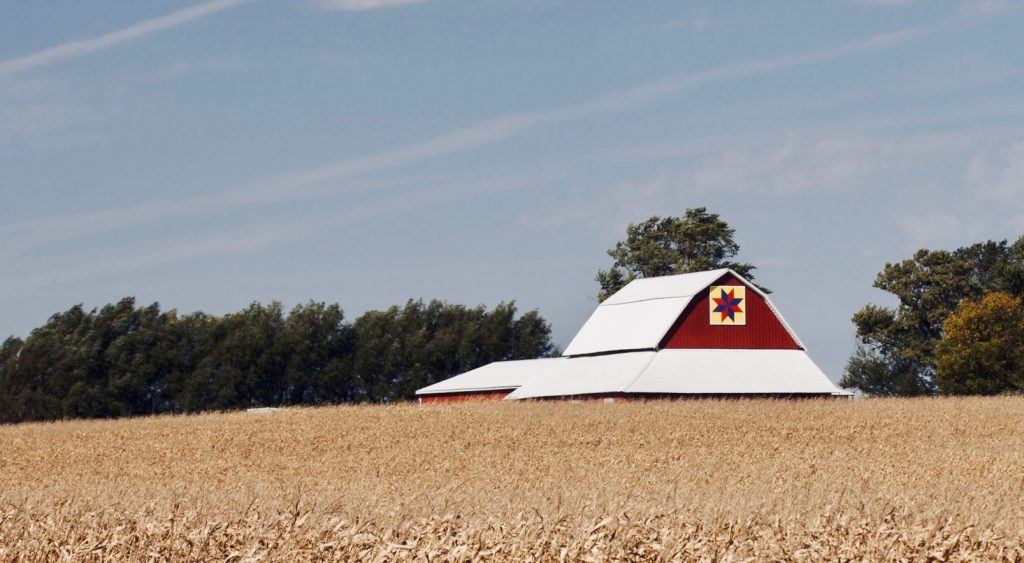
PA Dutch Folk Art
If you’ve spent any time in rural Pennsylvania, you may have noticed barns with ornately painted stars and designs. This kind of stunning artwork is a tradition of the Pennsylvania Dutch, a distinct cultural group concentrated in southeastern PA.
In the 18th century, large numbers of German immigrants came to the U.S., most settling near Philadelphia. Some were Amish and Mennonites, but many others were simply escaping a Germany that had been ravaged by the Thirty Years War. At the height of immigration, they composed nearly half of the population of Pennsylvania.
The Pennsylvania Dutch are known for two things: their unique dialect, and their folk art. The believed in celebrating life and all its beauty, so they decorated everyday items like utensils, clothing, and furniture with intricate artwork. “The Dutch country was not just an ethnic cultural island, but the heart of American Folklife,” writes Robert Shaner, director of the American Folklife Institute in Kutztown. It was only natural that they decorate their barns in the same way.
Barn signs originated in Berks County in the 19th century. Typically, six-pointed stars were painted directly onto the sides of a barn with homemade paint. It was thought that the stars had superstitious connotations, but this was largely a result of mistranslation. Non-Pennsylvania Dutch confused the German word sechs with hex, thus “six” (for six-pointed) became “witch.” Consequently, barn stars were increasingly referred to as hex signs.
 The two art forms are different, however. David Fooks, previous director of the Kutztown Folk Festival, defines hex signs as “circular pieces of plywood or masonite that have painted designs ranging from traditional barn stars to… distelfinks, hearts, tulips, and other gaudy designs.” This is what we typically see on many barns today.
The two art forms are different, however. David Fooks, previous director of the Kutztown Folk Festival, defines hex signs as “circular pieces of plywood or masonite that have painted designs ranging from traditional barn stars to… distelfinks, hearts, tulips, and other gaudy designs.” This is what we typically see on many barns today.
Hex signs originated in the 1950s at the Kutztown Folk Festival. A Pennsylvania Dutch businessman named Johnny Ott was the one who originally attached superstitious meaning and symbolism to the signs. A shrewd marketer, he gave life to everything from the colors to the number of points on the stars. A blue, eight-pointed star enveloped by a circle might mean protection, abundance, and unity, for example. A horse head is used to protect the barn from lightning, a dove symbolizes peace and contentment, and an oak leaf means strength. In this way, Ott was able to effectively commercialize hex signs, and tourists gladly bought them.
For a good reason, of course — the signs are beautiful and have turned out their fair share of incredible artists. Milton Hill was perhaps the first famous hex sign artist. His work in the 1950s eventually leads to a certain style of design being named after him. You can see early versions of the “Hill Star” at the Pennsylvania German Cultural Heritage Center in Kutztown.
Hex signs are not just a trend of the past. In fact, they remain as popular as ever among tourists and barn owners alike. Artists like Eric Claypoole continue to produce hex signs for the Kutztown Folk Festival, as well as restore fading historical barn signs.
Perhaps the most remarkable aspect of Pennsylvania Dutch hex signs is that they are a distinctly American art form. According to Fooks, there are no indications of similar star decorations in Germany. “Although hex sign painting may have begun with misleading and commercial motives, there is no doubt that it has established itself as a unique, indigenous American folk art, exhibiting high-quality workmanship and unique artistic styles,” he writes.
You can explore the hex sign region yourself by following this self-driven guide. Better yet, take some time to do it while you visit the Kutztown Folk Festival in July, and fully immerse yourself in the heritage of the Pennsylvania Dutch. While you’re there, you might pick up a hex sign yourself, appreciating the intentions with which they are painted — to beautify your home and your life.